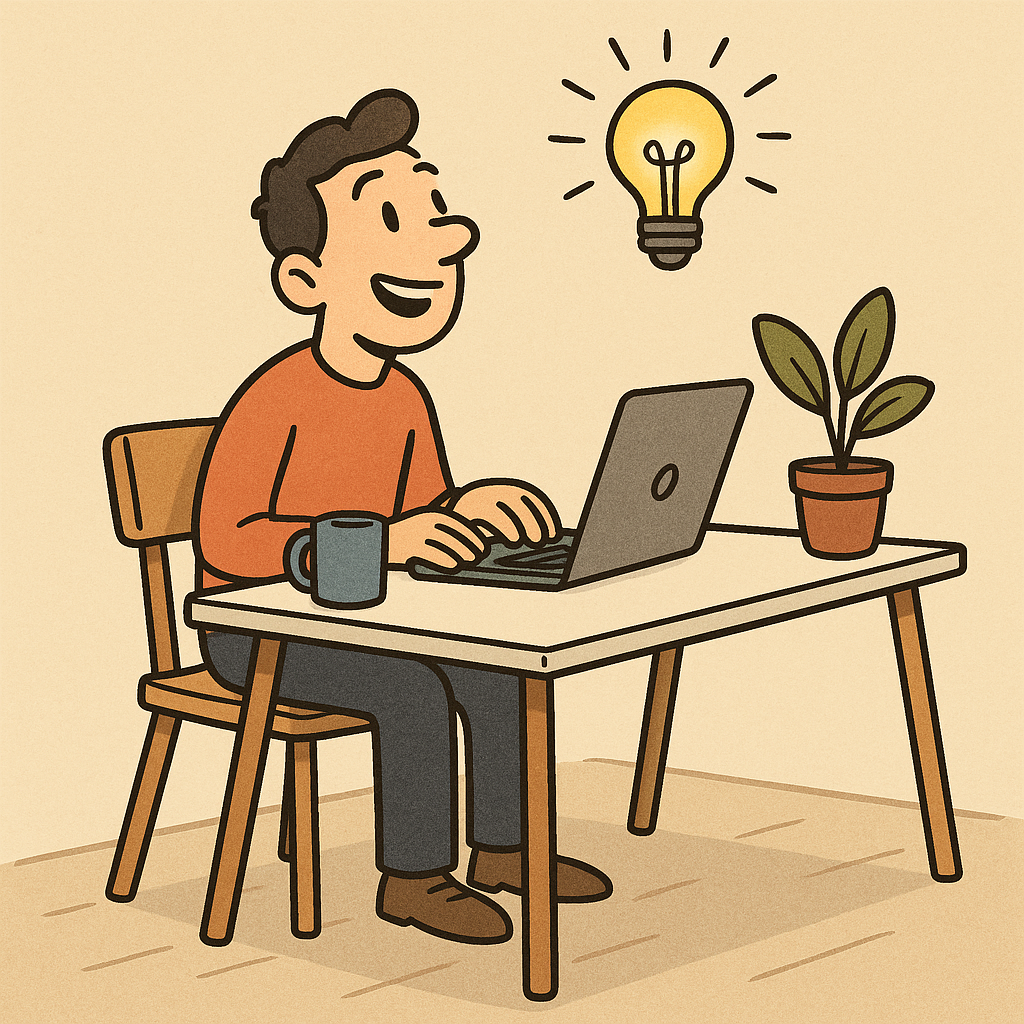Building platforms that go unused is a waking nightmare. Learn how to avoid building systems you’ll never use by leveraging smart requirement gathering, rapid prototyping, and agile low‑code/no‑code trends to deliver software that sticks.

Step 1: Ground systems in real user needs
1. Start with sharp, validated requirements
Misaligned projects stem from vague ambitions. Research shows incomplete requirements are a leading cause of failure—even in mature markets like Austria and Brazil. Avoid scope creep by:
- Hosting live user interviews and usability tests
- Drafting user stories and acceptance criteria
- Validating prototypes before coding
Step 2: Adopt low‑code/no‑code for fast feedback loops
Trends show by 2025, 50–70 % of new business apps will be built on low‑code or no‑code . These platforms help you avoid building systems you’ll never use by rapidly testing assumptions—and pivoting before major investment.
Advantages:
- 90% reduction in dev time
- Empowers “citizen developers” to translate frontline needs into functional prototypes
Using low‑code isn’t just a shortcut—it’s a sanity check to prevent wasted effort.
Step 3: Build in tiny increments and release often
Waterfall-style launches often bury unused features. Studies show nearly half of installed enterprise tools go unused—leading to wasted budgets and technical debt.
Tactics to avoid hitting that snooze button:
- Deploy one feature at a time
- Use analytics to measure actual usage
- Remove or refactor unused components
Step 4: Maintain alignment across teams
A BCG survey found nearly half of IT leaders say 30% of their development is over budget or late due to misalignment. To avoid that:
- Hold continuous check-ins between developers, product owners, and stakeholder teams
- Tie each sprint’s goals to measurable business metrics
- Immediately incorporate stakeholder feedback
Step 5: Eliminate bloat and feature creep
Software rot is silent: unused code introduces complexity and vulnerability. Industry data confirms many unused functions bring no value—yet still cost to maintain .
Combat this with:
- Regular code audits
- Strict adherence to “least feature” viability
- Removing shelfware
Step 6: Make adoption and maintenance easy
Legacy systems often linger because they’re certified—but not used. What starts out helpful can become burdensome.
Prevent abandonment by:
- Documenting intuitive onboarding guides
- Hosting training sessions at rollout
- Integrating with existing tools for seamless usage
Emerging trend spotlight: AI‑infused low‑code platforms
AI is making prototyping even faster. Platforms like Yap—and reviewing trends—combine AI and low‑code for smarter workflows. That means your system can:
- Suggest UI/UX based on input data
- Auto‑correct mappings and workflows
- Adapt quickly to new user requirements
Leveraging AI‑powered tools ensures your feature set aligns closely with real-world user behavior—before heavy investment.
Recap: Your checklist to prevent wasted systems
- Validate user needs before building
- Prototype fast with low‑code/no‑code
- Launch iteratively, measure usage
- Keep cross‑team alignment
- Audit and eliminate unused code
- Include AI tools to adapt and evolve
Real‑world success stories
- Insurance firm used low‑code to pilot a claims app in 2 weeks—and shelved non‑viable features early
- Healthcare startup eliminated 60% of its feature backlog by tracking usage metrics monthly
- Global retailer embedded onboarding flows directly into systems, raising adoption by 45%
Final thoughts
By combining validated requirements, low‑code prototyping, iterative rollout, and continuous measurement, you’ll avoid building systems you’ll never use. This method isn’t hype—it’s backed by data, trends, and successful cases.
Focus your energy where it matters, validate before commit, and let usage guide the roadmap. That way, your next system won’t end up gathering digital dust.
References
1. How To Avoid Building Software That No One Uses Aha! Blog (Aha! Blog Team), “How To Avoid Building Software That No One Uses,” 2023, https://www.aha.io/blog/how-to-avoid-building-software-that-no-one-uses
2. Lean Software Development: Principles & Waste Reduction Wikipedia contributors, “Lean Software Development,” Wikipedia, The Free Encyclopedia, 2025, https://en.wikipedia.org/wiki/Lean_software_development
3. Don’t Repeat Yourself (DRY) Principle Wikipedia contributors, “Don’t repeat yourself,” Wikipedia, The Free Encyclopedia, 2025, https://en.wikipedia.org






